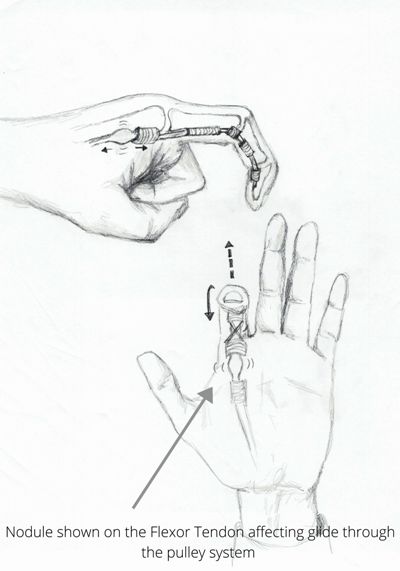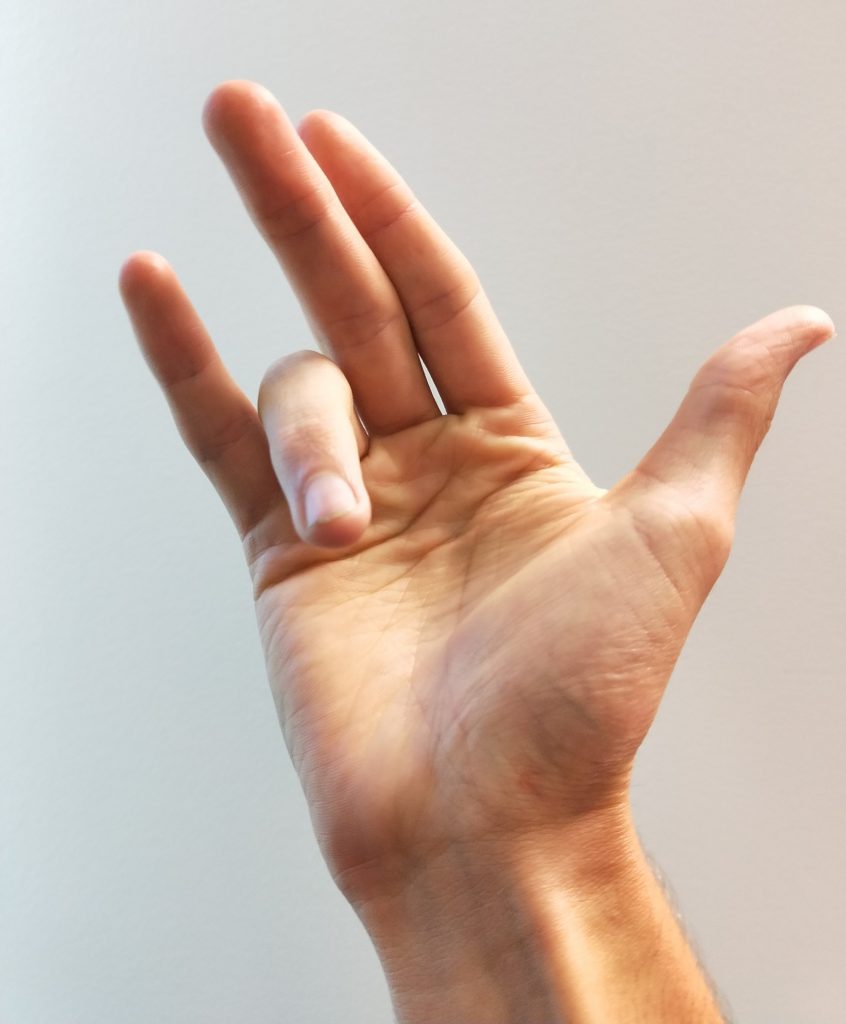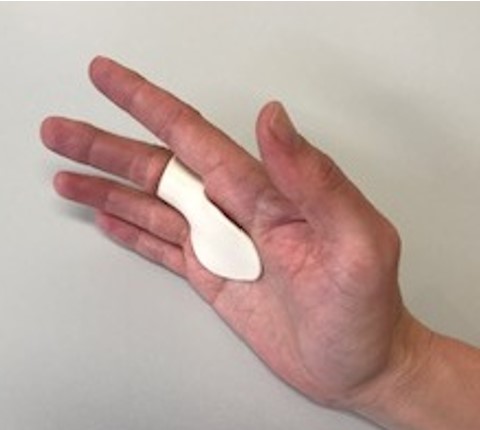About

Trigger finger, also known as “digital stenosing tenosynovitis”, is a condition affecting the tendons and pulleys responsible for bending your fingers/ thumb. Usually, tendons move smoothly in the hand when straightening or bending the fingers, however, with this condition, instead of smooth gliding of the tendons, there is ‘clicking’ or ‘locking’ when attempting to make a fist or straighten the fingers. This catching or locking is referred to as triggering. It is often associated with pain in the palm at the base of the finger or thumb, and can occur in one finger at a time, or may be experienced in multiple fingers at once.
Read on to learn about the symptoms, causes and treatments for Trigger finger.
Symptoms

If you have Trigger finger you may experience any of these symptoms.
- difficulty straightening your finger after making a fist, “locking” of the joint
- pain when bending your finger
- a tender lump in your palm
- swelling in your hand or finger
- a ‘catching’ or ‘popping’ sensation in your finger /thumb when bending or straightening it
- radiating burning feeling into your hand, wrist or arm
- night-time pain in the arm/wrist
Causes
Tendons that bend the finger or thumb are surrounded by a protective sheath and are kept close to the bone by pulleys which facilitate more efficient movement. Usually, the tendons glide smoothly underneath these pulleys, however, ongoing irritation of a tendon can lead to inflammation, scarring or thickening. Often a nodule can develop on the tendon which further affects the tendon gliding smoothly through the pulley.
Some of the factors that may contribute to the development of Trigger finger are outlined below:
- underlying inflammatory conditions such as arthritis or diabetes which can cause swelling within the tendon sheath at the level of the pulley
- repetitive or prolonged gripping activities, for example through sport or work
Risk Factors
Whilst risk factors do not dictate that you will develop Trigger finger, they may increase the likelihood of developing the condition.
- repetitive gripping for day-to-day work/hobbies
- diabetes
- rheumatoid arthritis
- more common in women than men
Non-Surgical/ Conservative management
Options

When left untreated Trigger finger may progress to be more problematic. Our therapists can assess you to confirm the presence of Trigger finger/thumb and the level of triggering.
If appropriate, a splint can be provided to stop the thickened tendon forcing its way through the pulley to allow the inflammation to settle.
See below for a list of possible interventions we may recommend:
- wearing a specially fitted finger /thumb splint to rest the tendon and settle inflammation over time
- Hand Therapy/Occupational Therapy exercises to maintain or regain movement of the finger or thumb
OTHER TREATMENTS
Cortisone injections may be prescribed by your doctor to help settle inflammation. You may be advised to wear a splint following cortisone injection for a period of time as well.
Surgical treatment can also be recommended by your GP or Specialist to release the pulley, allowing the tendon to move more freely.
SPECIALISED HAND THERAPY SERVICES CAN HELP
At Specialised Hand Therapy Services, we see many patients with Trigger finger for conservative management and also following Trigger finger surgical release. If you are experiencing pain or discomfort in your palm or finger/thumb and are concerned it may be Trigger finger/thumb please contact us for an appointment for assessment and advice.
